9 People Die, 78 More Sick After Eating Illegal Sea Turtle Meat
Nine people died after consuming sea turtle meat on Pemba Island in the Zanzibar archipelago. Among them were eight children and one adult.
Authorities also reported that 78 others have been hospitalized due to food poisoning resulting from the consumption of this type of meat.
Victims Died Days After Eating Sea Turtle Meat
According to the Associated Press, the adult who died was the mother of one of the children who had died earlier in the week after consuming sea turtle meat.

Source: Wikimedia Commons
The Mkoani District medical officer, Dr. Haji Bakari, confirmed that all the victims of chelonitoxism had consumed the meat earlier in the week.
The Reason People Eat Sea Turtle Meat
Sea turtle meat is a delicacy in most parts of the world, including the Pemba island. Historically, sea turtles have been an important source of protein for coastal regions.
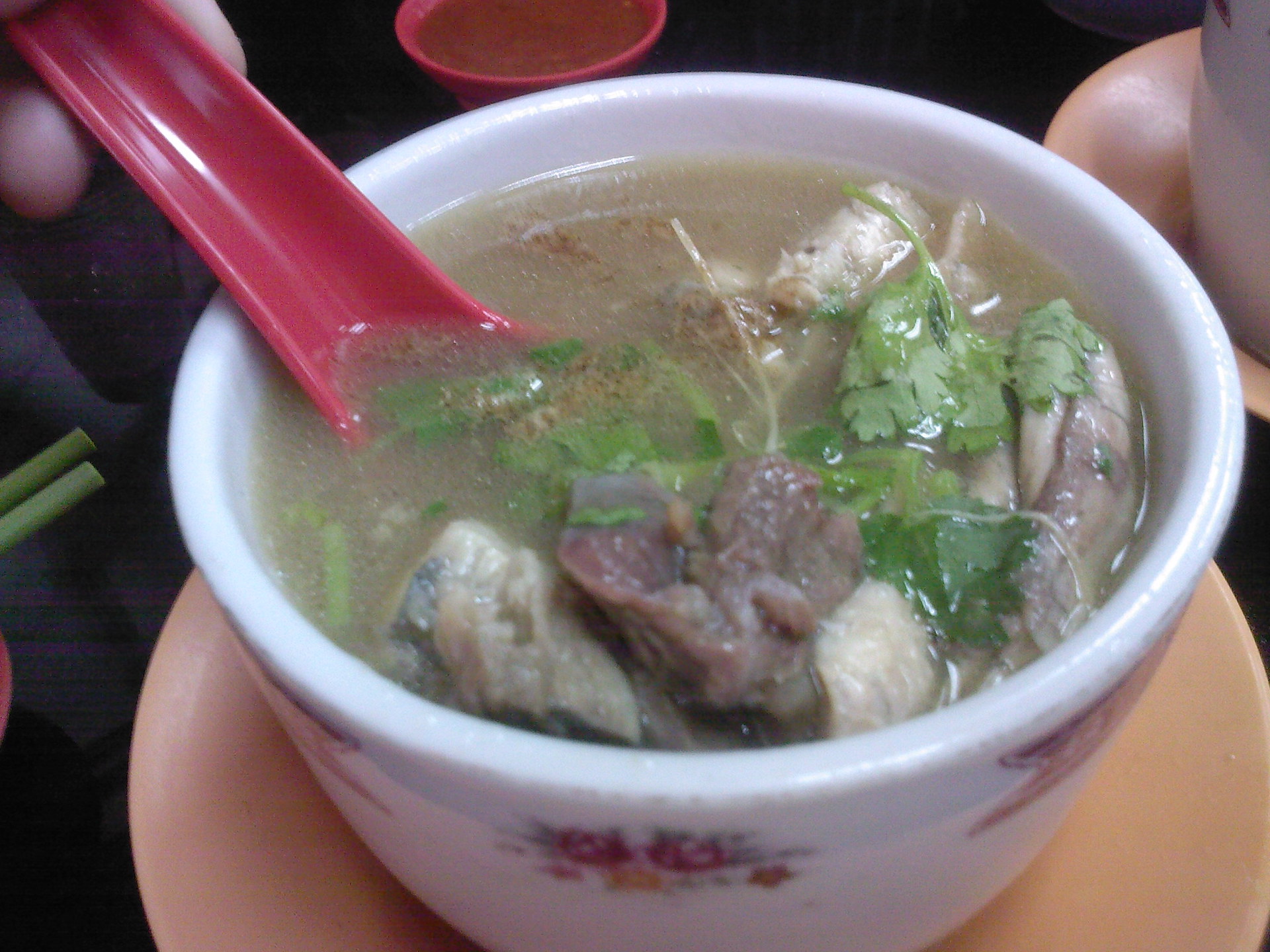
Source: Wikimedia Commons
Many cultures incorporate turtle meat into their cuisines due to its nutritional elements. Additionally, some cultures use turtle shells for ornaments and jewelry, considering them aphrodisiacs.
The Risk of Eating Sea Turtle
Unfortunately, there is a level of risk associated with consuming sea turtle meat. Eating sea turtles could result in death from chelonitoxism, a type of food poisoning.
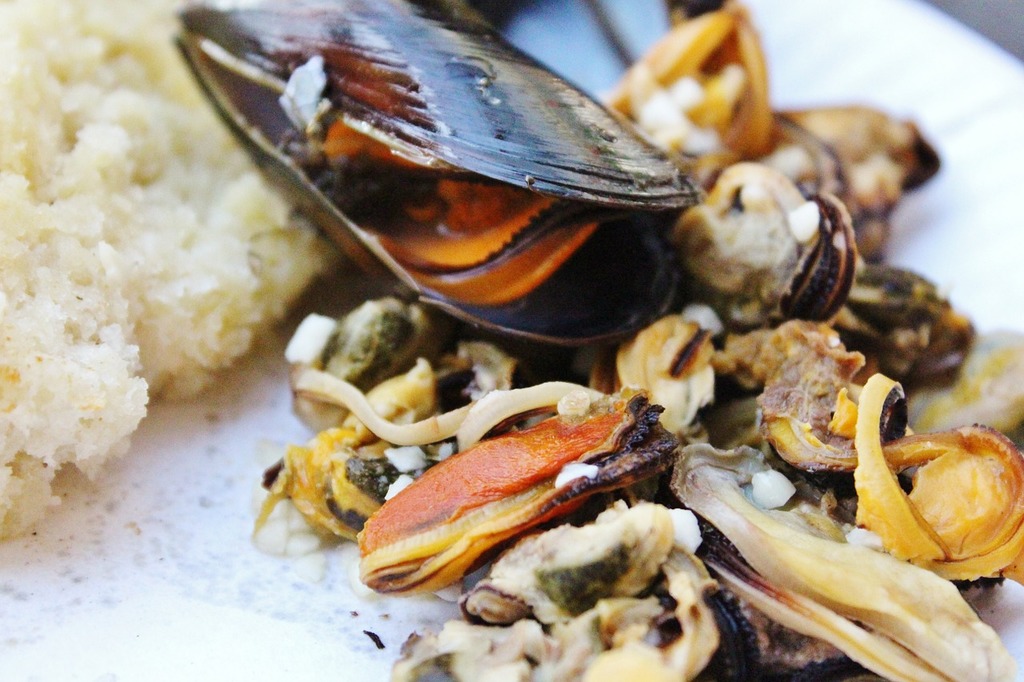
Source: Picryl
Chelonitoxism, or chelonitoxication, occasionally occurs from consuming turtles, particularly marine turtles, in the regions of the Atlantic, Pacific, and Indian Oceans. Medical professionals consider the illness rare.
What Is Chelonitoxism
Cyanobacteria cause chelonitoxism when harmful algae blooms occur. The uncontrolled growth of algae species can produce toxins that lead to multiple foodborne illnesses in shellfish and ciguatera fish poisonings.
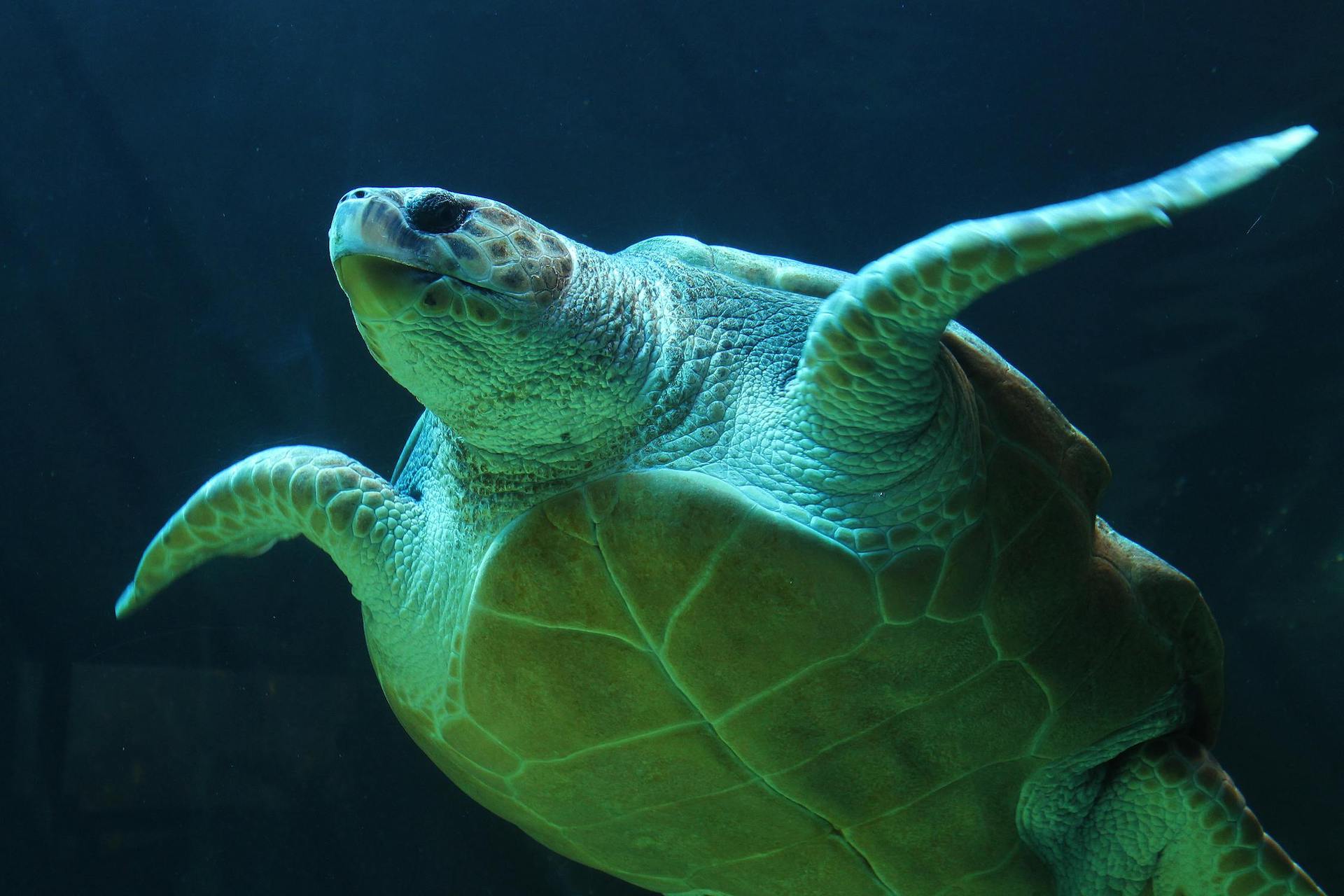
Source: River Nelson-Esch/Pexels
This harmful toxin can also occur in freshwater environments, exerting devastating effects on the human nervous system, liver, and other organs.
Do Turtles Show Symptoms of Infection?
Affected turtles appear healthy and do not show any signs of illness. Human poisoning can occur when cooking, eating raw, or boiling turtle meat in soup.
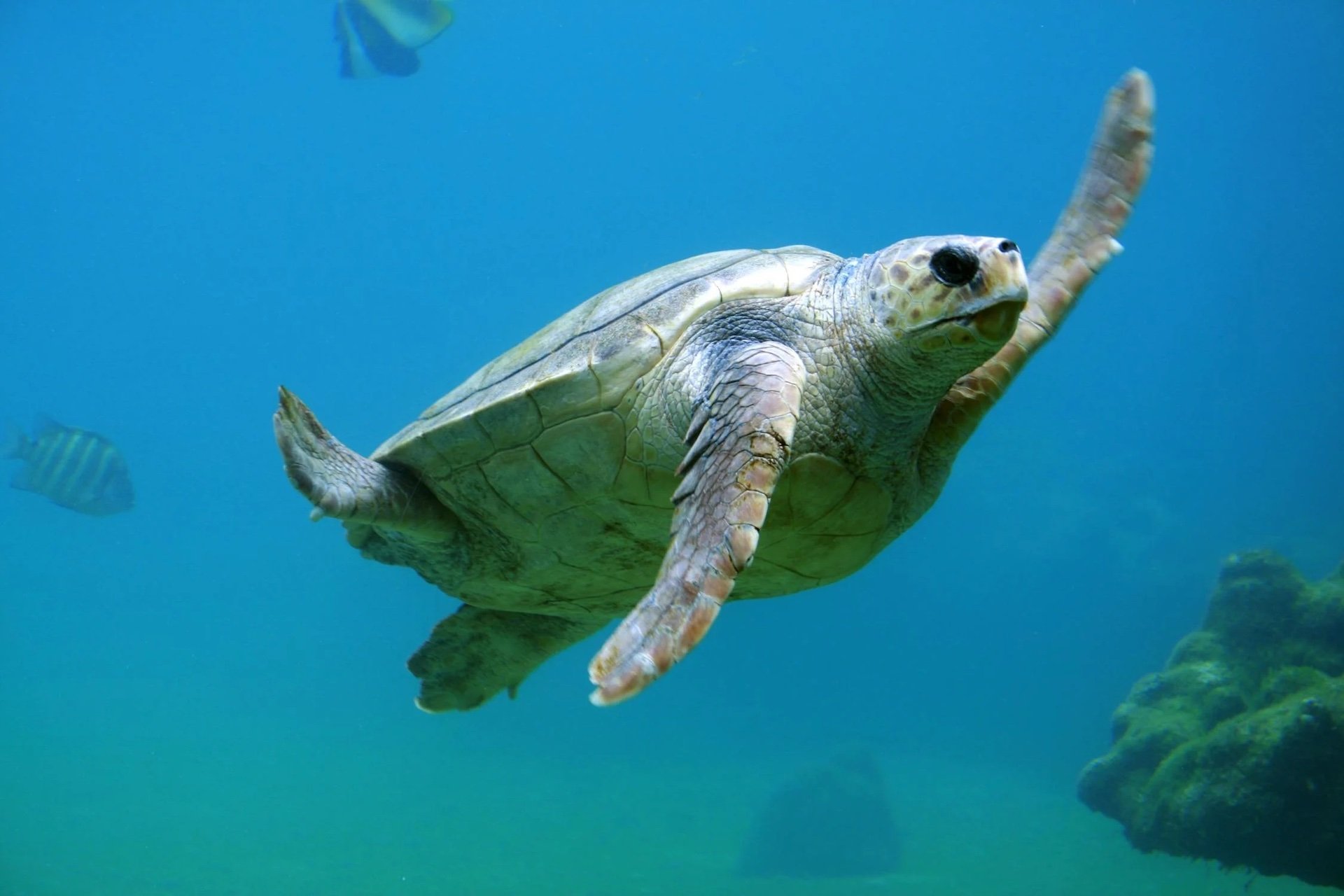
Source: Tanguy Sauvin/Pexels
Green sea turtles and hawksbill turtles are the most common carriers of the disease in cases of chelonitoxism, but other turtle species can carry the infectious disease if consumed.
Symptoms of Chelonitoxism
Symptoms of chelonitoxism occur a few days after eating the infected turtle meat. Signs of the poisoning include itching and pain in the mouth and throat, vomiting, and abdominal pain.
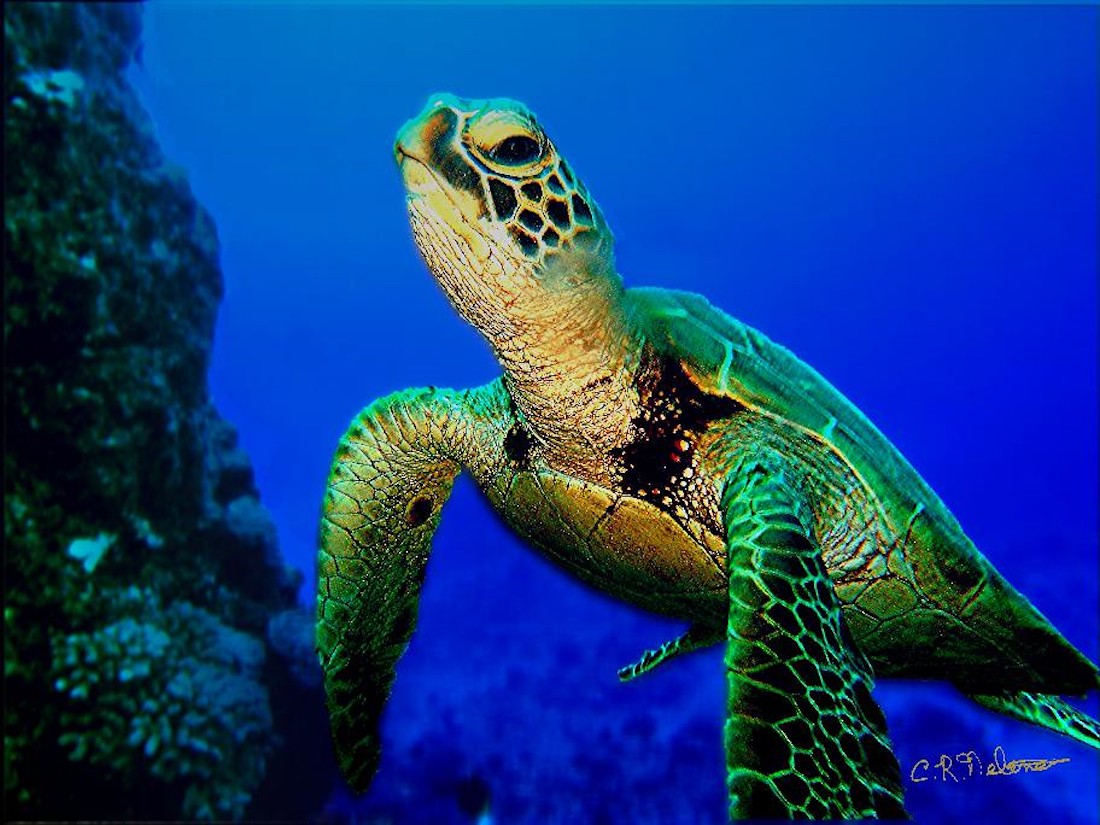
Source: Earthrace Conservation/Flickr
Other symptoms could include mouth and tongue ulcerations. Some cases report patients with chelonitoxism developing confusion, seizures, or falling into a coma. Survivors of severe cases may have permanent disabilities such as paralysis after the poisoning.
Children Are Extremely Vulnerable to the Disease
Unfortunately, children are extremely susceptible to this type of poisoning from turtle meat. The mother can pass the toxin to her infant through breast milk.

Source: Cottonbro StudioPexels
Contaminated sea turtle meat or the vomit of humans affected by the toxin has also caused reported deaths in pets after consumption.
Is There a Cure for Chelonitoxism?
Poison.org states that there is no known antidote for chelonitoxism, making the disease extremely difficult to cure once identified.
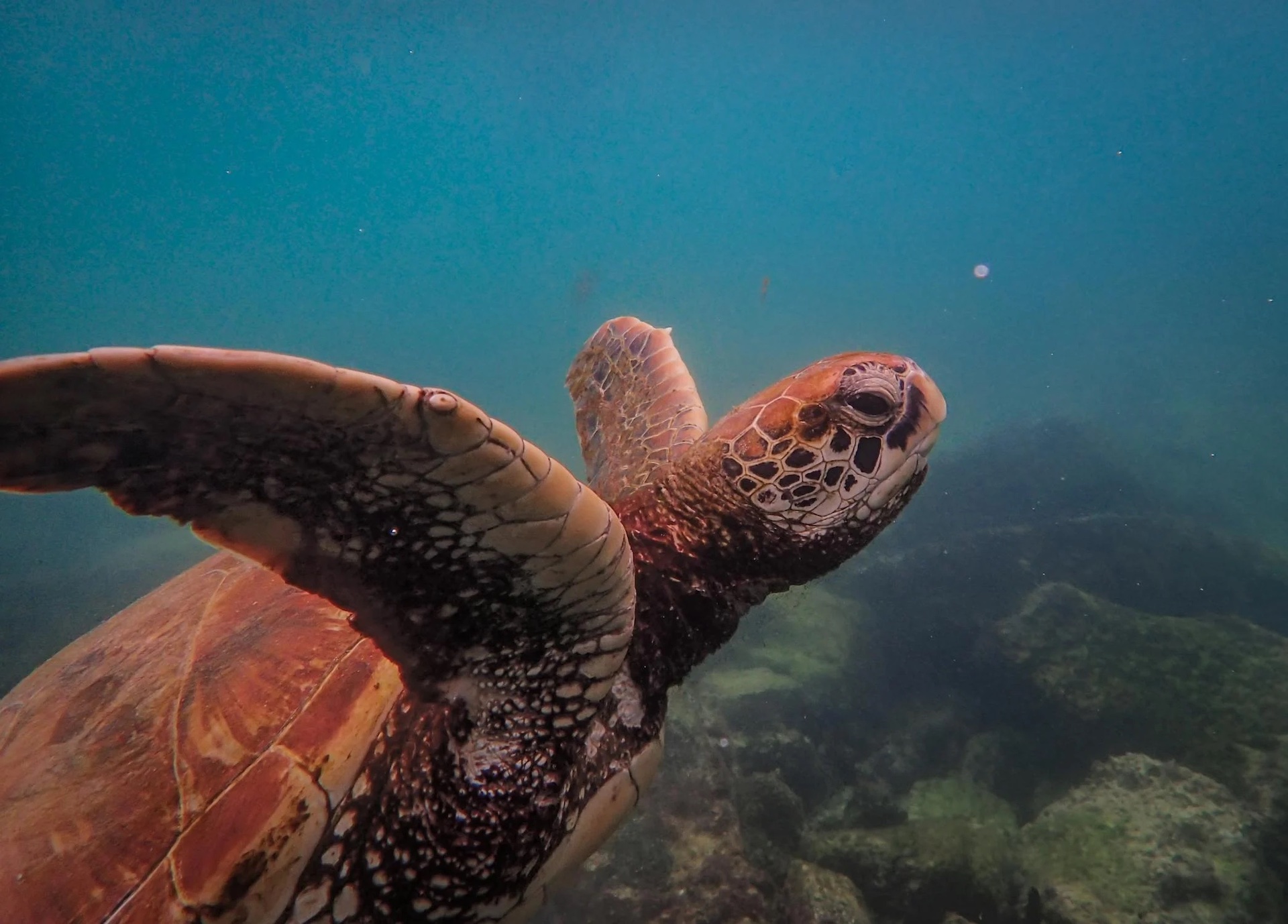
Source: Francesco Ungaro/Pexels
Treatment for this type of food poisoning includes symptomatic or supportive care with intravenous fluids. Advanced medical care is often unavailable in the regions where outbreaks tend to occur.
Some People Avoid Seeking Treatment for Chelonitoxism
Many people suffering from poisoning after eating sea turtle meat often fear seeking medical treatment because they worry about facing prosecution for illegally consuming it, as international regulations protect sea turtles as an endangered species.
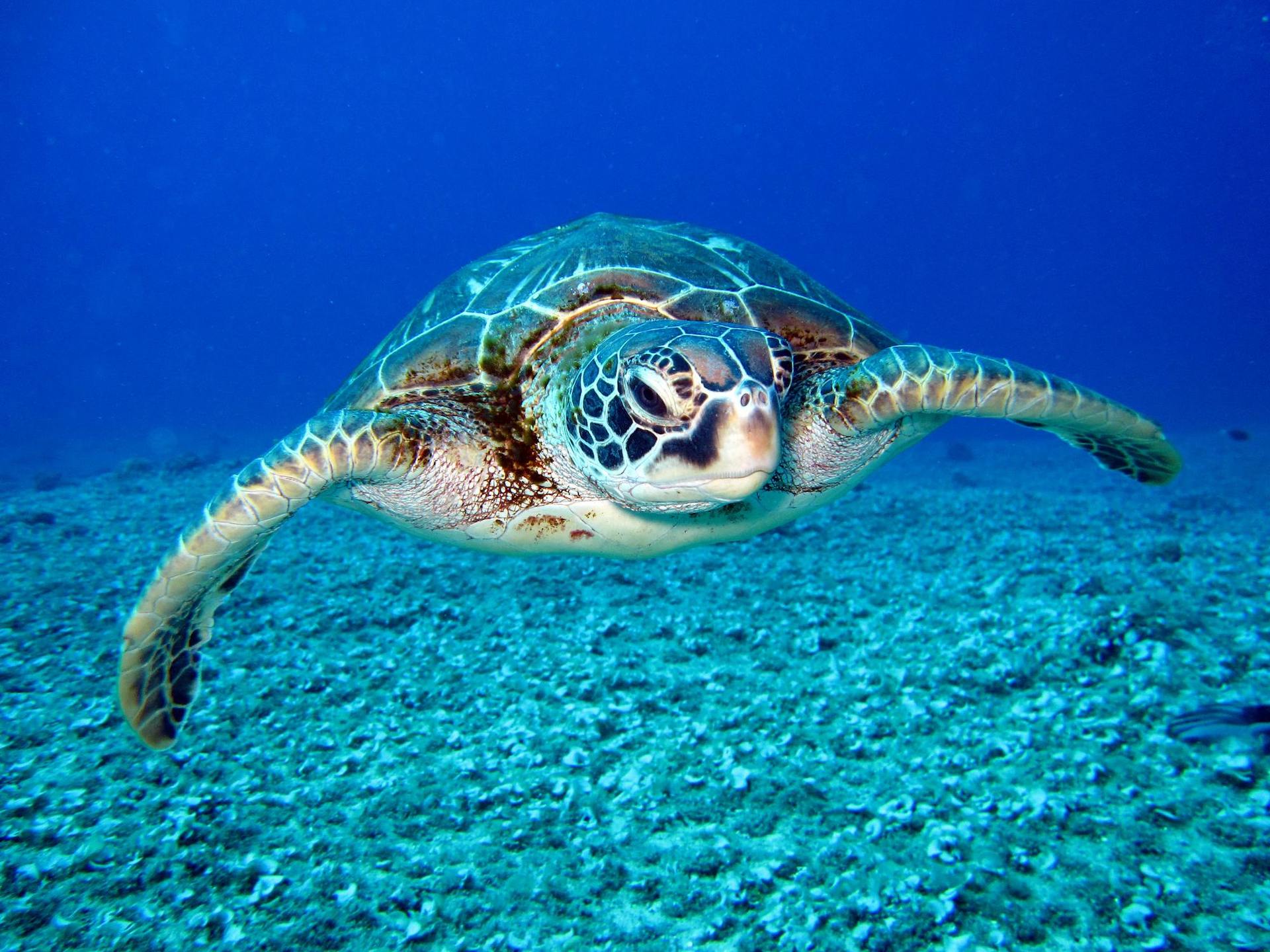
Source: Richard Segal/Pexels
According to the World Wildlife Fund (WWF), nearly all species of sea turtles are endangered, with three out of seven considered critically endangered.
Other Deaths Caused by Sea Turtle Meat Consumption
This recent case is not the first time people have suffered from food poisoning from sea turtle meat consumption. In 2021, chelonitoxism claimed the lives of seven people, including a three-year-old, on the island, while 38 others were hospitalized (via the BBC).
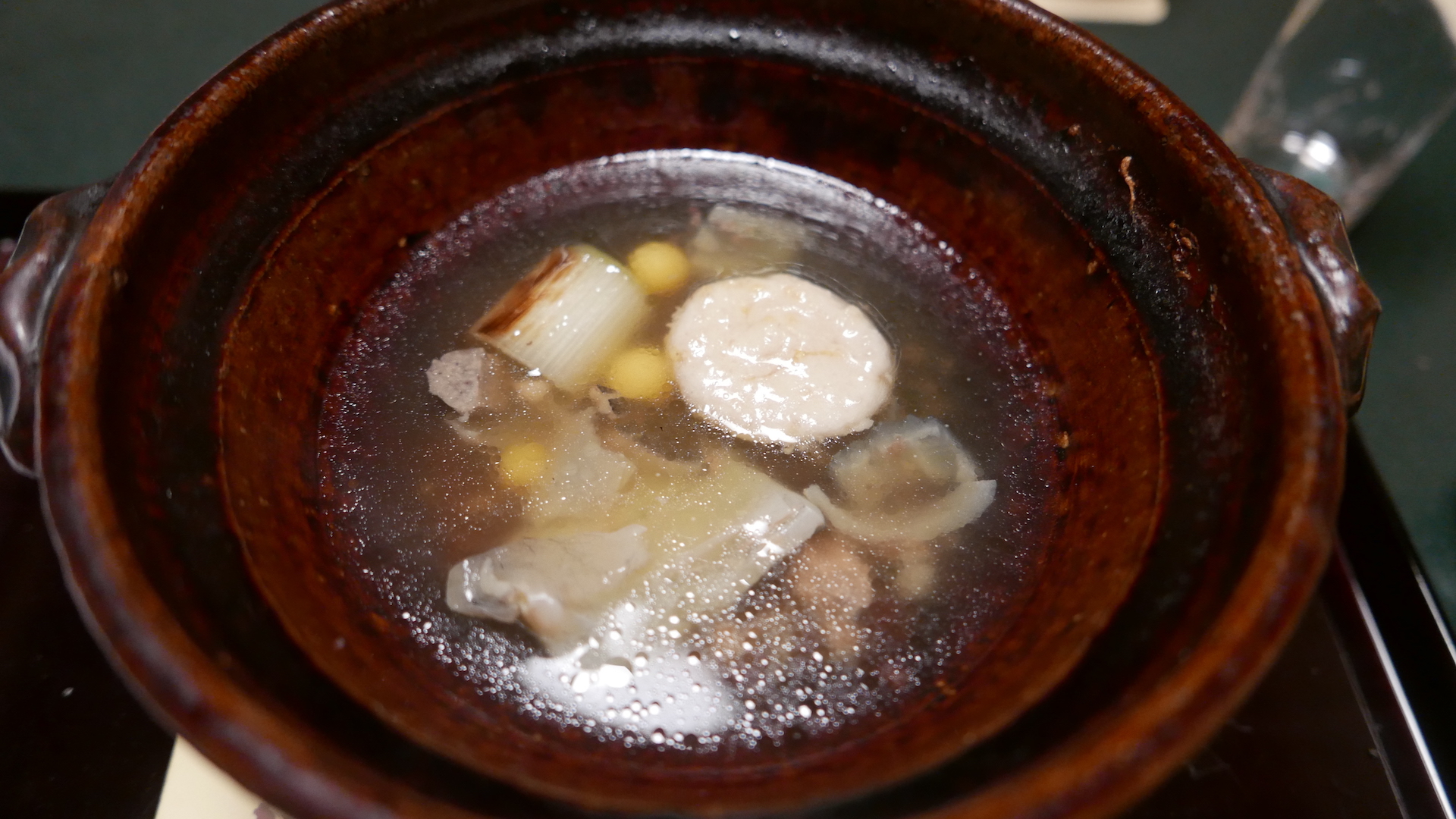
Source: Wikimedia Commons
Madagascar also had 19 deaths in March 2021 after a group ate turtle meat. Other researchers have reported cases of chelonitoxism in Mexico, the Philippines, and the Indian Ocean islands.
Why Do People Still Eat Turtle Meat?
It is difficult to monitor the trade of sea turtle meat. Even more challenging is persuading people who trade sea turtle meat as a source of income to stop. Eating turtle meat is also a part of the culture and traditions of many parts of the world, making it challenging to move away from a meal that holds significant cultural meaning.
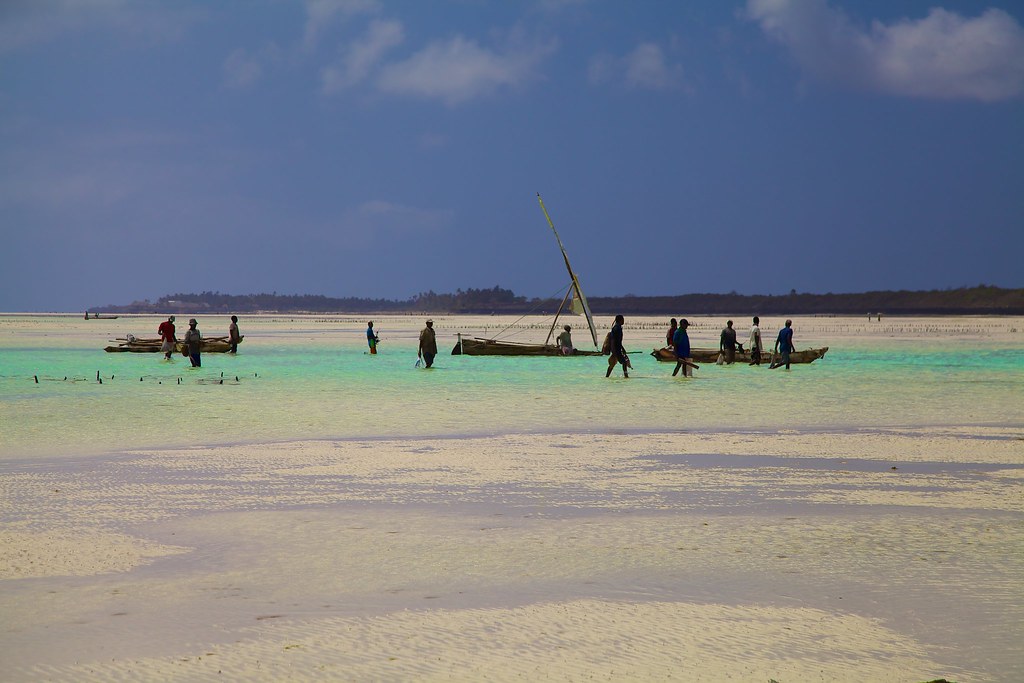
Source: GRID_Arendal/Flickr
Authorities in Zanzibar are dispatching a disaster management team led by Hamza Hassan Juma to urge people to refrain from consuming sea turtles following the spike in deaths and hospitalizations.
